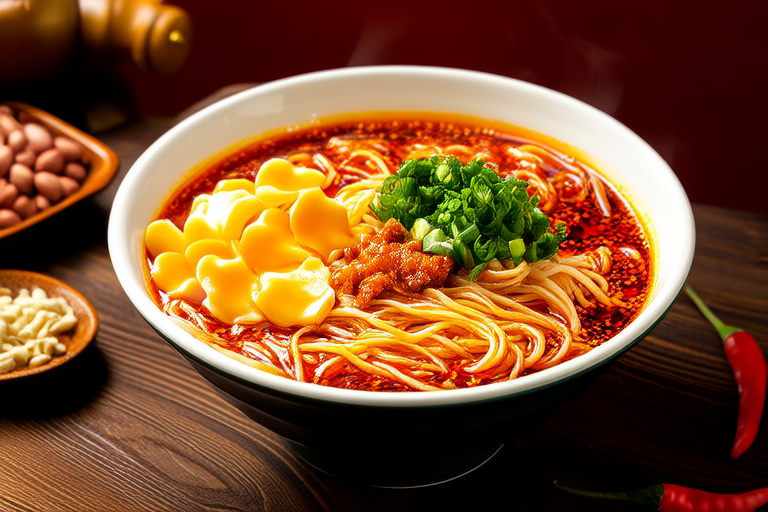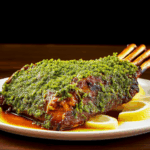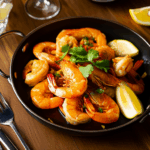Sizzling Hot Dan Dan Noodles: Where Heat and Flavor Collide
Welcome to the world of culinary adventure where sizzling hot Dan Dan noodles take center stage. This iconic Sichuan dish is a symphony of flavors that dance on your palate, delivering a unique balance of spicy, salty, and numbing sensations. In this comprehensive guide, we will delve into the origins, ingredients, techniques, and variations of this beloved noodle dish. Whether you’re a seasoned chef or a novice in the kitchen, you’ll find everything you need to create a memorable dining experience.
The Origins of Dan Dan Noodles
Dan Dan Noodles, also known as “dan dan mian” in Chinese, have a rich history that dates back to the early 20th century. The name “Dan Dan” refers to the bamboo poles (dan) used by street vendors who carried their cooking equipment and ingredients. These itinerant cooks would prepare the noodles on the streets of Chengdu, the capital city of Sichuan Province, offering a quick and satisfying meal for busy workers. Over time, Dan Dan Noodles became a staple in Sichuan cuisine, renowned for its bold flavors and fiery heat.
Key Ingredients
To achieve the authentic taste of Dan Dan Noodles, selecting high-quality ingredients is paramount. Here’s a breakdown of the essential components:
- Noodles: Thin, hand-pulled wheat noodles are traditional, but you can also use rice noodles or egg noodles.
- Ground Pork: Lean ground pork provides a savory base for the sauce.
- Spices: Chili oil, Sichuan peppercorns, garlic, ginger, and scallions add layers of heat and aroma.
- Vinegar: A splash of black vinegar or rice vinegar enhances the overall flavor profile.
- Soy Sauce: Dark soy sauce adds depth and saltiness.
- Bean Paste: Doubanjiang, a fermented broad bean and chili paste, is crucial for the umami-rich sauce.
- Eggs: Soft-boiled eggs or poached eggs are often served as a garnish.
Preparing the Sauce
The heart of Dan Dan Noodles lies in its complex sauce, which requires careful preparation to achieve the perfect balance of flavors. Start by heating a wok or large skillet over medium-high heat. Add a generous amount of vegetable oil and stir-fry minced garlic and ginger until fragrant. Then, add the ground pork and cook until browned. Next, incorporate the doubanjiang and continue stirring to blend the flavors. Pour in the soy sauce, vinegar, and a small amount of water to thin the mixture. Finally, stir in the chili oil and Sichuan peppercorns, allowing the spices to infuse into the sauce. Taste and adjust seasoning as needed.
Cooking the Noodles
While the sauce simmers, it’s time to prepare the noodles. Bring a pot of salted water to a boil and cook the noodles according to package instructions. Drain the noodles thoroughly and toss them with a bit of sesame oil to prevent sticking. Once the noodles are ready, transfer them to a serving bowl.
Assembly and Garnishing
The assembly process is both art and science. Begin by ladling the hot sauce over the noodles. Top with chopped scallions, crushed peanuts, and additional chili oil if desired. For an extra touch, crack a soft-boiled egg into each bowl. The contrast between the creamy yolk and the fiery sauce creates a delightful textural experience.
Variations and Personalization
While the classic recipe offers a robust foundation, there are countless ways to personalize Dan Dan Noodles. Consider experimenting with different types of noodles, such as soba or udon, to explore new textures. You can also substitute chicken or beef for the pork, or even try vegetarian versions using tofu or mushrooms. Adding vegetables like cabbage, spinach, or carrots can enhance the nutritional value and add color to the dish. Don’t be afraid to let your creativity shine!
Health Benefits and Nutritional Information
Beyond their deliciousness, Dan Dan Noodles offer several health benefits. The noodles themselves are a good source of carbohydrates, providing sustained energy. The protein from the pork or tofu supports muscle repair and growth. Additionally, the vegetables and spices contribute essential vitamins, minerals, and antioxidants. However, due to the high sodium content from soy sauce and salt, it’s important to consume in moderation and balance with other low-sodium meals.
Serving Suggestions
Dan Dan Noodles are best enjoyed fresh and piping hot. Serve immediately after assembly to fully appreciate the sizzle and aroma. Pair the dish with a refreshing beverage, such as green tea or a cold beer, to cleanse the palate between bites. For a complete meal, consider adding a side salad or steamed vegetables to complement the richness of the noodles.
Conclusion
Sizzling Hot Dan Dan Noodles represent the perfect fusion of heat and flavor, encapsulating the essence of Sichuan cuisine. By mastering the art of balancing spices and sauces, you can create a dish that tantalizes the senses and leaves a lasting impression. Whether you’re hosting a dinner party or enjoying a quiet night at home, these noodles promise an unforgettable culinary journey. Bon appétit!


